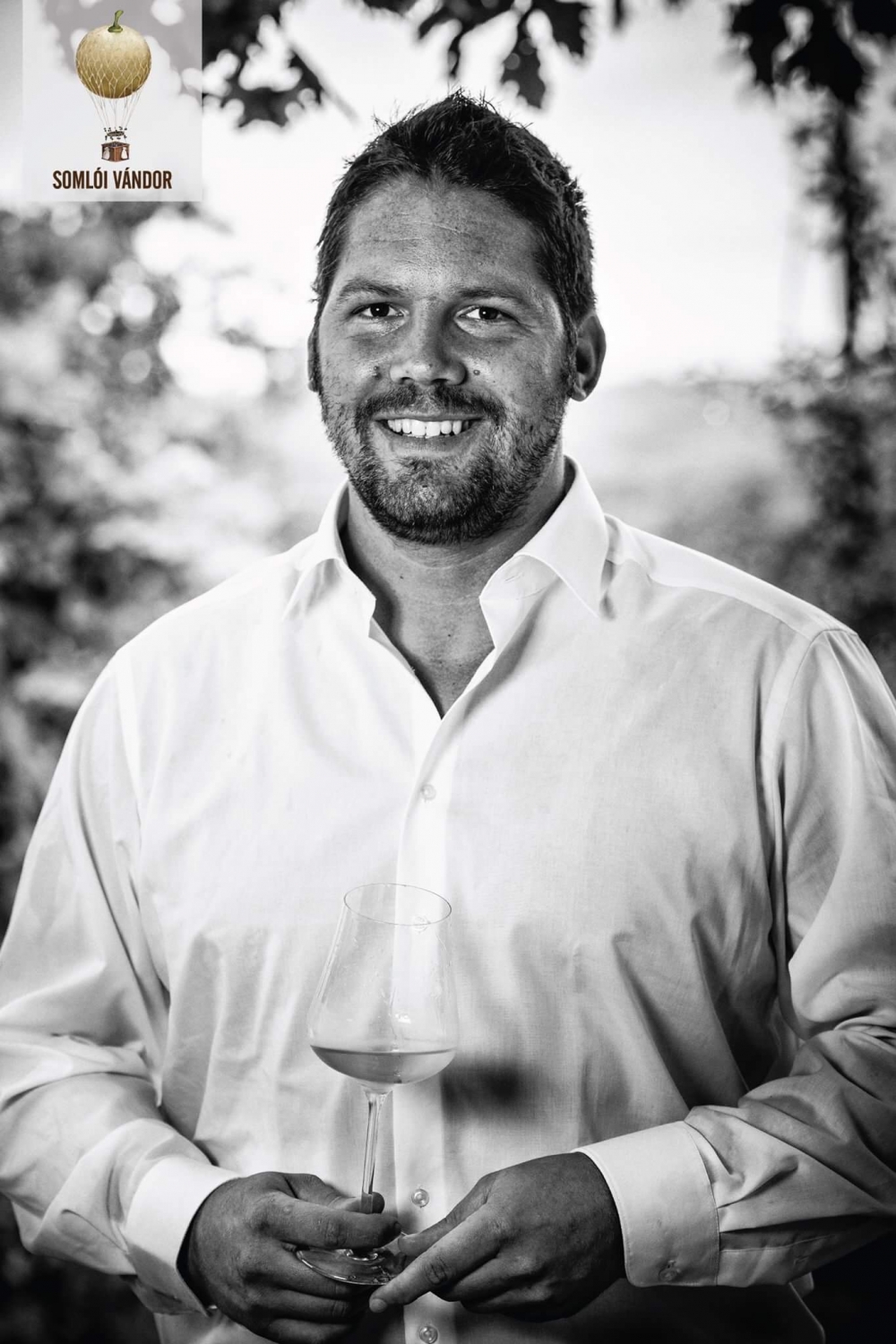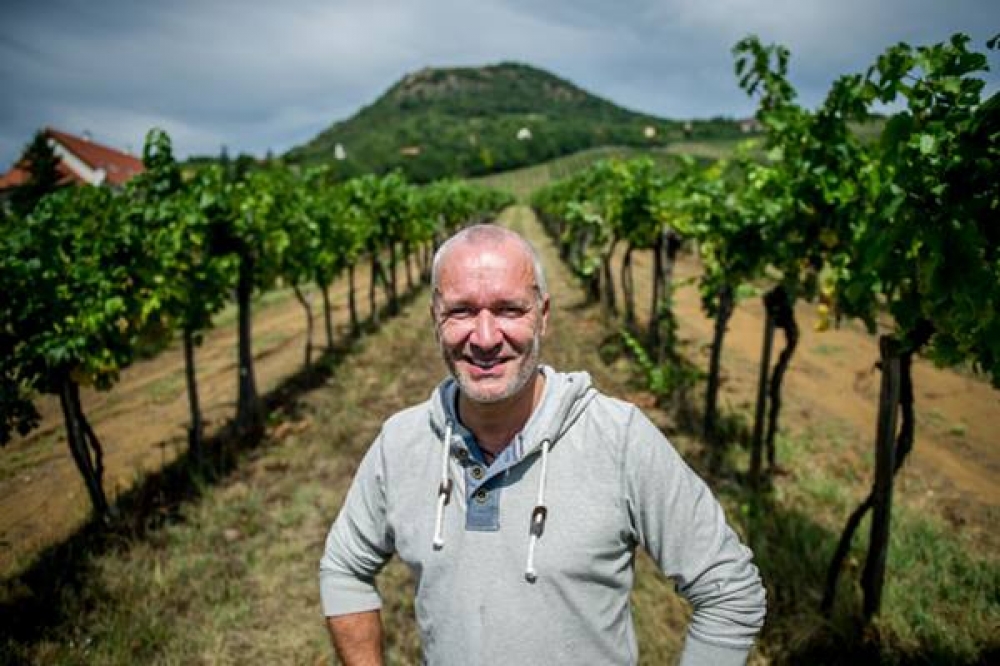A Cross-Border Cooperation
It is not so easy to make a good wine, and if you have succeeded in that, you are still not allowed to sit back and relax, since you must also be able to sell it.
Year after year, repeated surveys prove that there is an oversupply in Hungary’s domestic wine production, which means that less wine is bought than produced in the country. Wine tourism based on local sales is still unbalanced and mostly at an early stage here, while the narrow segment of traders cannot soak up the quantity coming from the supply side. All these facts make it clear that the ultimate last resort of winemakers in terms of sales is to exploit the opportunities of export markets, but it can be hard for a winery with no reputation to find the way to the international stage.
Roland Velich, born in Burgenland, has never been considered an average winemaker. He was already tackling Chardonnay in the tiny cellar of his parents when nobody in the neighbourhood was interested in that variety, but he was also among the first to work with Kékfrankos. His interest in this variety gave rise to the Moric Project back in 2000. He believes that every region has to find its own character instead of pursuing success by imitating the style of other wine districts. He treats Burgenland and Hungary as a single continuous region, and he believes in the wines of the Carpathian Basin, a cross-border region, convinced that these areas that were once considered wine districts of much greater renown, yielding very expensive wines, still have the same potential. Based on this view, he launched a cross-border cooperation project named Hidden Treasures of Pannonia within the Moric Project marked by his own name. He recruited young and innovative winemakers for the project, who are able to rise above average and create ingenious terroir-specific wines by organic grape production, so that he could lend each batch the support of his own winery. The first wines were launched in Hungary in 2015, while the other three elements of the series were provided by Burgenland.
The First Three Wines of the Moric Project
Roland did lots of tasting trips to Hungary, and that was how he found the wines of Attila Homonna (Homonna Szőlőbirtok, Homonna Vineyard Estate) and fell in love with his Határi Furmint of 2007. He chose Attila from the Tokaj winemakers for the cooperation, and so the Nr.1 batch of the Moric Project, branded by uniform labels, was created.
Besides Tokaj, Somló was also considered an important district by the Burgenland winemaker, as he often stopped by the Shop of Somló Wines to familiarise himself with the wines of different winemakers. “Here he met my wines as well,” says Tamás Kis, owner and winemaker of the winery Somlói Vándor Pince, “of which he tasted more and more, and finally he got acquainted with me and shared his ideas about the Hidden Treasures of Pannonia.
Practically, I produce the wine, we try to achieve the flavours and style that he is aiming at, and we make the blends together.” So, a Somló Cuvée became the Nr.2 wine of the Moric Project.
László Nagy joined the winery Villa Tolnay Borház in Csobánc in 2008 as a winemaker. It is hard to imagine today how the winery could have worked previously without him, although the owner, Philip Oser had produced wines before 2008, too, aided by none less than Roland Velich himself.
The years-old friendship led to a reunion, and as a result, the Nr.3 batch of the Moric Project came from the cellars of Villa Tolnay. Unusually, this batch is a blend of Furmint and Olaszrizling, and the final blending is supervised by Roland himself.
And how is this cooperation beneficial to winemakers? “Thanks to him, my wines can reach lots of places,” says Tamás Kis. “We all know the situation where you try and contact foreign traders, but they don’t display the attitude you expect from them, or don’t even answer your inquiry. But when these relationships are built by someone who has had a market working for 20 years, people pay more attention. Perhaps we wouldn’t believe how much Roland did for Somló by this, but I, for one, experience that we get increasingly more attention, and this must be the case with the Balaton and Tokaj wine districts as well.” László Nagy confirms the opinion of the Somló winemaker by mentioning figures, too: their wines are currently available in 35 countries, largely due to the Moric Project.
---
Author: Borbála Kalmár







